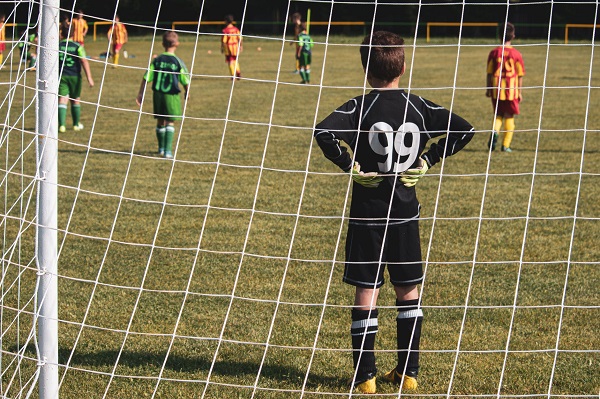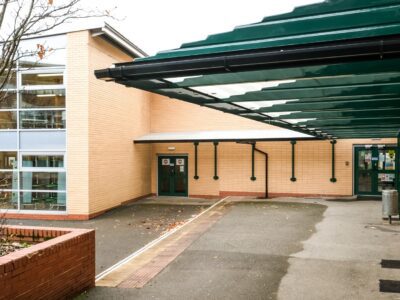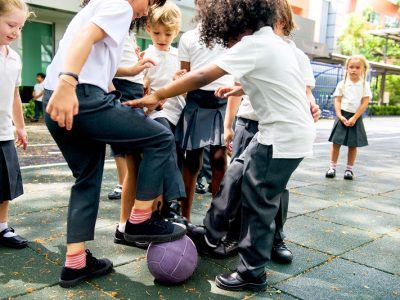Is Health and Safety Ruining Our Children’s Childhood?
Posted on | Posted in Education

At Canopies UK, we want to encourage children to get back outdoors and playing in the street, in the local park or in the garden. With over half of mums preferring to keep their kids indoors, it’s safe to say that we’re a health and safety nation. We have looked in to the facts and offered five tips to bring back fun and outdoor adventure!
Has health and safety gone too far?
Research from Persil found that 59% of mothers (of 1,000 asked) preferred to keep a close eye on children by making them stay in the house. Although not representative of the UK, it is a startling figure nevertheless especially when there are numerous benefits associated with outdoor play, from health and learning perspectives.
It seems that as generations have changed, we have got stricter when it comes to children leaving the house and telling them when and where they can play. An example of this has been featured in the press, with a member of the family in the oldest generation saying that he walked everywhere as child. His son was allowed to walk one mile on his own to the woods. The youngest, now 8, is only allowed to walk 300 yards to the end of his street.
Of particular concern, not only for our current generations, but also for the generations of tomorrow just as to how this might affect their health and wellbeing.
And health and safety issues are not just at home but also everywhere, and in particular, in schools. Like many other careers, teachers now have to go through paperwork and processes to justify any school trips, assessing the risks involved. Trips are a fun and often inspiring way of educating children away from the classroom environment, which can naturally get tedious and boring at times. Think about museums, nature reserves and also places like indoor aquariums; they all offer benefits to learning about the past, present and the world around us. Whilst it is understandable that parents want to know their children are safe – especially when teachers are responsible for the safety of students whilst in their care – the amount of checks and paperwork to do can be extensive.
From trips to the playground, some schools have even taken to banning certain items (did your school ban pogs, Pokemon cards and any other shareable/notable items?) such as leather footballs. Western Primary School in Wallsend banned running on a tarmac playground although they did offer alternative areas where children could play. However, some schools prevent children from going on grass – certainly when it has been wet – in order to prevent grass being dragged into the school building and more importantly slips. Other schools have also taken to banning well-known games such as conkers and leapfrog.
The Daily Express published an article last year that illustrated some of the compensation bills schools are facing not only from parents but also from employees over injuries within schools. One example is that of Birmingham City Council who announced that they paid out over £1 million in compensation claims including £18,000 to a student who was hit in the face with a football, although some of the details in the Daily Express article were limited.
It seems that schools are doing as much as possible to cover their backs – even when no advice has been given from the Health and Safety Executive – to ensure that any legal implications are limited or avoided. It begs the question whether we are just wrapping our children up in cotton wool, not letting them make their own decisions and challenging them to think about risks, and simply taking health and safety too far.
Why does it matter?
In order to answer this question, we spoke to an expert in childs play, Rebecca Caswell, who is the Strategic Lead on Play and Early Years at the National Childrens Museum, Eureka! in Halifax. She advises us that: play is crucial to childrens development. It contributes to their cognitive, physical, social, and emotional well-being.
It is easy to blame health and safety in order to stop children, and adults, engaging in certain activities said Rebecca, who is a parent herself. Children need and want to take risks.
A parent is the key influencer, providing encouragement, support and access to activities that enable the children to flourish. It is a difficult time to enable children complete freedom when cars and stranger danger are perceived threats in everyday life. But of these, Rebecca assures that incidents are very rare, and certainly the latter has not increased over time, it is just that news spread much more widely and quickly than it used to.
Judith Hackitt, chair of the Health and Safety Executive has also commented in the past: Play – and particularly play outdoors – teaches young people how to deal with risk. Without this awareness and learning they are ill equipped to deal with adult life. Outdoor play and learning is an important part of our children’s education.”
It seems that heightened media interest and also issues that we hear about or are involved in ourselves makes us more aware of the world around us, something which Eureka also noted in their own report this week. Naturally, as parents protecting children is only ever our priority. It could be argued that children can still experience everything they need to in a garden or in a local park with parental supervision.
5 ways to encourage safe play
Safe play can be encouraged in a number of different ways and each parent will have their own style. Covered areas outside in the home and garden are a great way of combining a safe play area with somewhere that is dry all year round. Naturally, you should always emphasise the importance of safety and to be conscious of stranger danger when playing in an area that is not easily visible from your house.
We have come up with some imaginative ways that can encourage outdoor fun for children that parents can get involved in, whilst also initiating trust between children and parents.
- Let children create their own outdoor games to play but talk to them about the safety and let them judge risks.
- Participate in activities using the local area with children. Go on a bike ride and sit down with children and plan a route. Talk about places in the local area, or point out things to them to help them learn.
- Use technology in outdoor fun (i.e. use apps to identify birds/animals/plants). Some good examples included Birds of Britain and Insects for Kids, which are informative and a great way of using pictures, sounds and technological aids to stimulate children.
- Take arts and crafts indoors outside. Get kids to create a picture out of things they find in the garden such as leaves and twigs. Talk to them about different plants and leaves.
- Allow children to play further away by a small distance the older they get (i.e. driveway, outside the house, outside next door neighbours house, end of street)
Do you think we are becoming too health and safety conscious as parents and in schools? Or do you believe that not enough is being done? Share your views with us.




